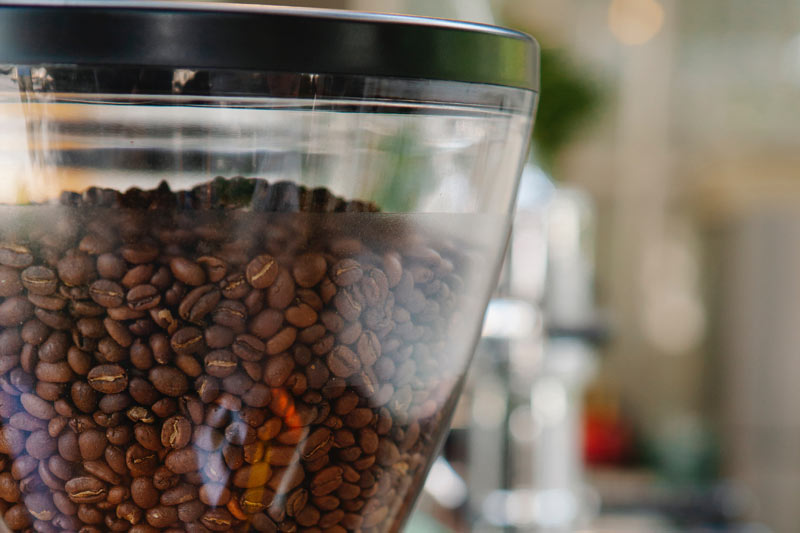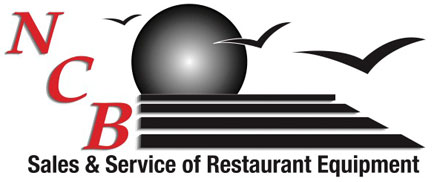
While many restaurants have continued to work within a patchwork of regulations and local government orders, people are still flocking to get takeout and more from their favorite eateries. If your restaurant now has dining room seating, then you might be considering new or fresh beverage options to welcome your customers, a commercial espresso machine might be on your radar.
Here is what you need to know to understand the differences between manual versus automatic espresso machines.
Manual Espresso Machines
A manual machine is traditional, using the method of creating water pressure and then forcing water through the tightly packed coffee beans. That elevated pressure gets more coffee granules, thus allowing you to get a stronger espresso.
Using a manual machine means that you control the flow of the water and when you want to introduce extra water. However, that initial volume is often determined by the boiler’s elevated pressure. Manual machines do require you to clean them after each cup, including pre-heating the portafilter, rinsing it, and then drying it after every use.
Automatic and Semi-Automatic Espresso Machines
An automatic machine is as simple as pressing a button and letting the machine do all the work. It is a convenient option, with no mess to clean up immediately after you finish making your espresso.
There are also features that allow you to adjust and calibrate your espresso to fit what you like in terms of taste and strength of the brew. Still, depending on how you like your espresso, manual machines might give you more quality in the coffee.
Automatic and semi-automatic machines are typically easier to maintain and use because everything is pre-programmed into the machine.
What Space Do You Have Available?
When you opt for a manual machine, you are going to need more space. They will likely also require a grinder and knock box, which also require space on your counter. An automatic commercial espresso machine requires less space and these components are already combined into the machine.
If you opt to go with a manual espresso machine, then you will also need to put a waste tube into place, as well as a direct water hook up. Automatics are designed to have a small footprint, which can make it easier for you to find space for it, especially if counter space is at a premium in your restaurant or café.
The Costs and Maintenance
With a restaurant, your commercial espresso machine will get a lot of regular use. Therefore, it is important to pick a commercial espresso machine that can handle a high level of use. Plus, you have to determine your budget. Automatic machines can cost more, but the price of the manual does not include all the different extras that you will need to purchase.
If you are ready to expand your drink offerings, then a commercial espresso machine might be the right option for your business. Contact our team today to answer any questions you have regarding the differences between a manual or automatic commercial espresso machine today.
Headquartered in Vista, California, NCB Sales is your beverage equipment repair specialists servicing San Diego, Orange County, Temecula, and Hemet. Since 1986, we’ve been repairing various beverage equipment, including coffee, espresso, soda fountain, Granita, juice, water filtration, and more, working on well-known brands in the industry.


